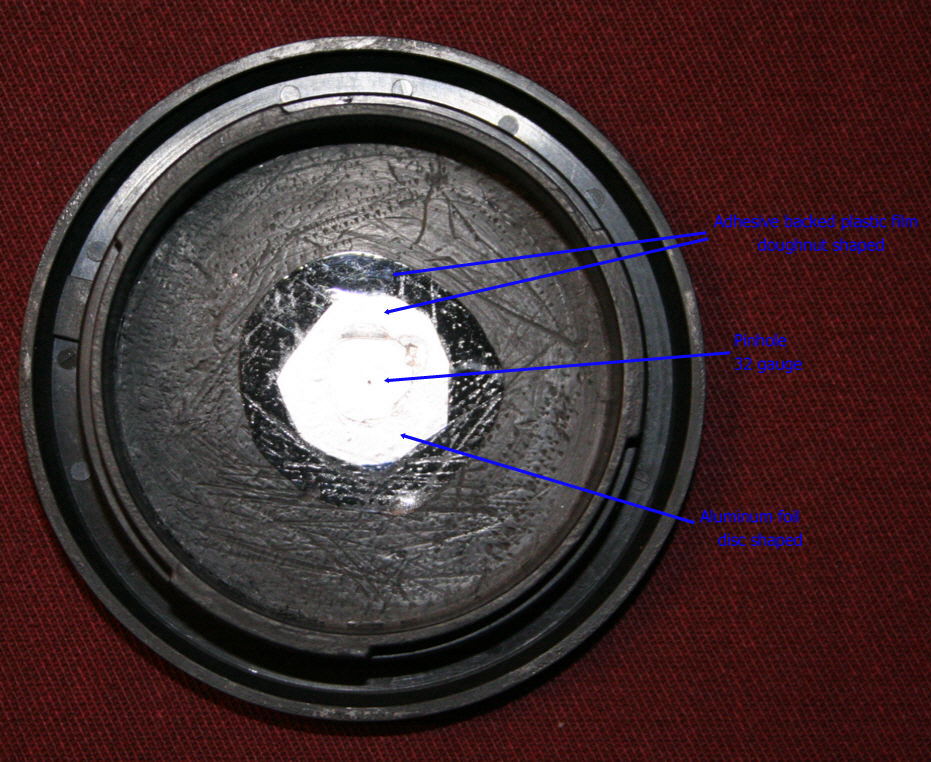

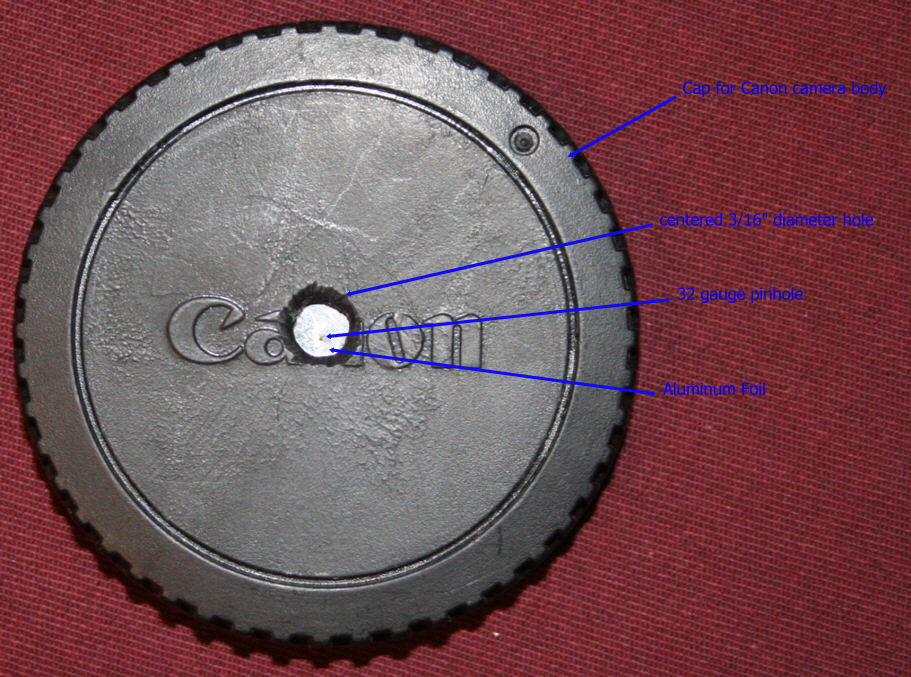
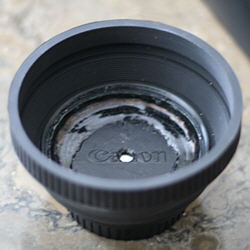 | 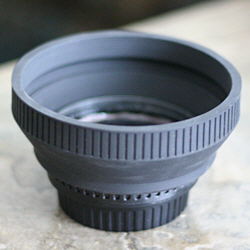 |
 Because of the small aperture size of the pinhole any dust on the sensor will show up. |

|

|

|

|

|

|

|

|

|

|
 Just for fun loads of digital processing on this image |

|
 Shooting in the direction of the sun causes a rainbow interference effect. |

|
 No problem with depth of field, equal Gaussian blur at all distances! The top finger has some motion blur. |

|

|

|

|

My first attempt at a pinhole macro shot. Too much digital sharpening. I guess I could stitch many shots together to get a wider field of view. |
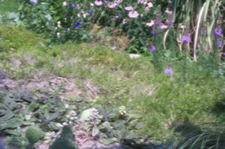
Normal sharpening |

Sharpening with a program called Focus Magic.. |
< Back to photo index Please contact me for permission to use or reproduce any part of this page photos@rraz.ca Ryan  |
 3 second ISO 1600 exposure with Image processed using advanced sharpening and no color adjustment in Picture Window Pro
|
|||
 Same image as above but with color correction and processed by Magic Focus
|
|||